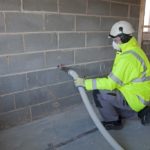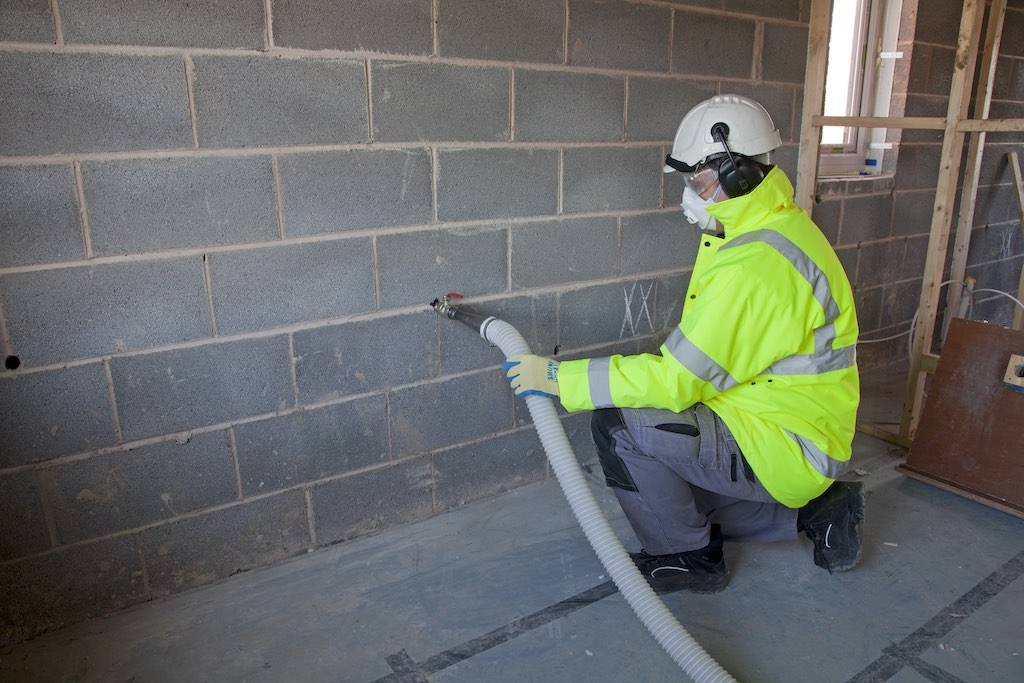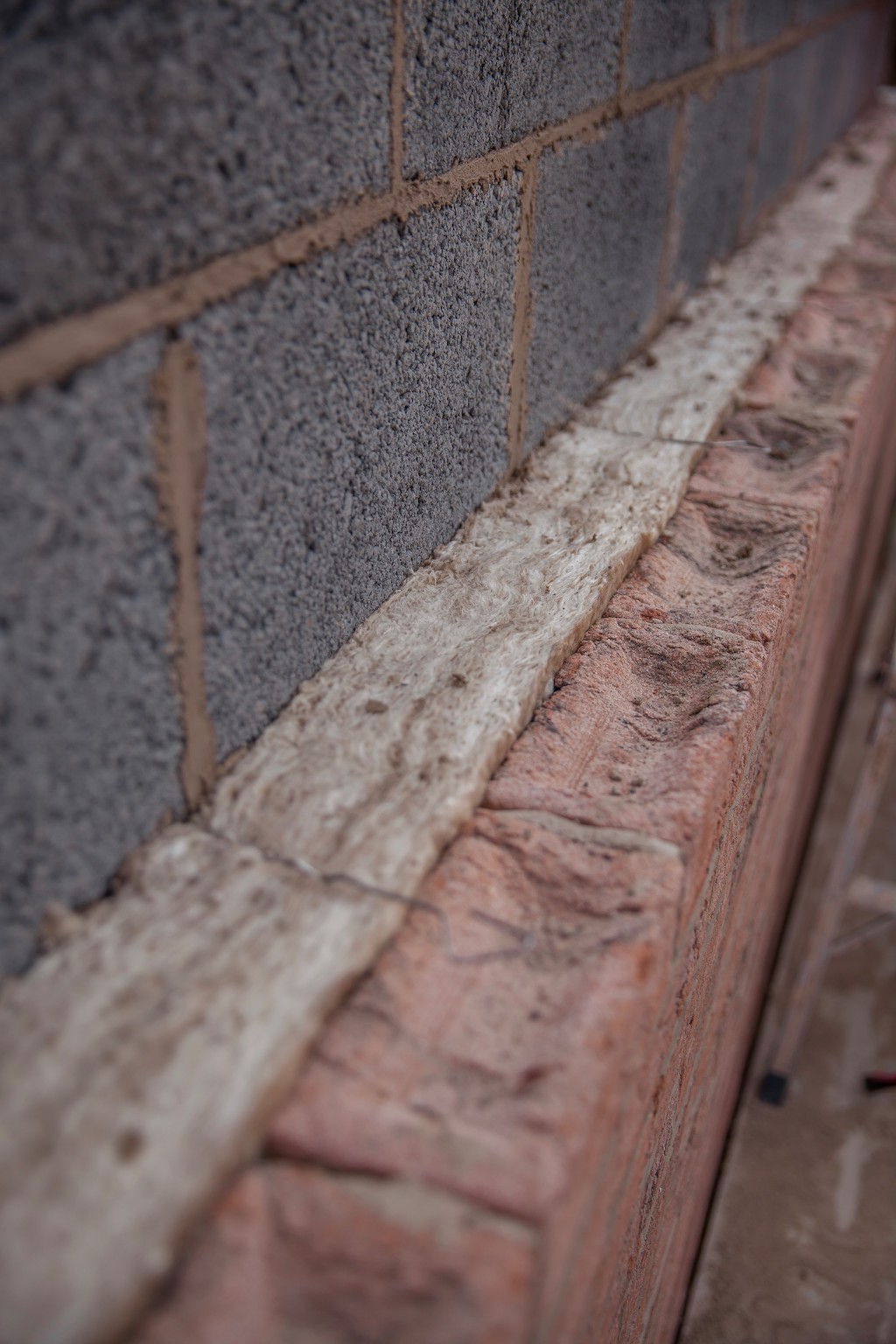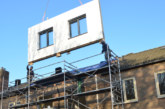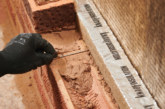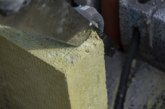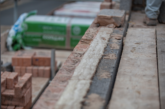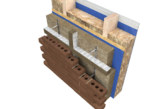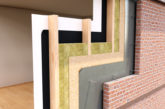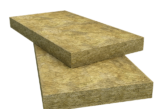James Hulbert, Head of Housing at Knauf Insulation, explains how a bespoke approach to Approved Document L (England) 2021 compliance will benefit housebuilders of all sizes.
Changes to Approved Document L (Part L) came into force in June. By now, most housebuilders will be familiar with the headline figure – a 31% reduction in carbon emissions for all new build homes delivered by fabric improvements, low and zero carbon technologies.
The transition is swift. After 15th June 2023, any undeveloped plots (not sites) must comply even if planning permission was applied for or obtained under the old regulations. So, there’s not much time to adapt new home designs to accommodate the changes.
It’s important to note that copying the notional dwelling is unlikely to be the best route to compliance for housebuilders. Here, I’ll build on that showing how you can use trusted insulation solutions to achieve compliance whatever your priorities.
The optimal route to compliance
How you find the most favourable path to compliance for your developments depends entirely on your needs. Cost will clearly continue to be the primary consideration for most housebuilders, but there are other factors likely to influence your decision-making.
For example, some developers will place emphasis on the ‘simplest’ compliance solution. One based on trusted technologies and solutions where they are familiar with procurement, installation and risk management.
Others will prioritise availability in their compliance approach, considering which low-carbon technologies are likely to be available in the quantities and at the lead times they need. Others still may focus on futureproofing, preferring a recipe that can be readily upgraded to meet changing standards in the future.
These and other factors will determine which path you take. But while every route requires a ‘fabric first’ approach, the nature of that fabric is up to you.
To get the specification right, it’s critical to consider how the insulation you choose performs in the real world. Not just thermal performance, but fire safety, acoustics and sustainability too: Mineral Wool insulation scores highly against all of these requirements.
Real performance
This refers to a product or system’s ability to deliver it’s intended performance once it has been installed. So, what do I mean by real performance in relation to energy efficiency? Quite simply, that the finished building will achieve its target level of energy efficiency – crucial for Part L compliance.
Theoretically, the lower the thermal conductivity (lambda value) of an insulation material, the less heat is transferred increasing energy efficiency. But some insulation materials are harder to install correctly than others, leading to unintended air gaps that allow heat to escape. This means a lower lambda (better performing) material may lose more heat than one with a higher lambda (lesser performing) material.
Take rigid insulation boards for example. Their inflexibility means minor imperfections in the substrate such as mortar snots prevent the insulation from sitting flush against the building fabric, creating gaps. This could also lead to difficulties in complying with the Building Regulations England Part L (BREL) report because the photographic evidence will not show the required quality standards for installation.
Mineral Wool adapts to slight imperfections in the substrate and butts together eliminating gaps, ensuring it delivers its intended performance.
Other factors
After thermal performance, one of the most compelling reasons for using Mineral Wool insulation is to minimise the risk of fire. Combustible materials are already banned in the external walls of certain types of buildings over 18m in England and Wales (11m in Scotland). But where fire safety is concerned why take the risk? Mineral Wool is non-combustible so will not add to the development or spread of fire should it occur, making it the safest option in all types of home, regardless of height.
Mineral Wool is also highly sound absorbent so helps to reduce noise, which is essential in low mass structures such as timber frame constructions.
When it comes to sustainability, embodied carbon must be considered alongside operational carbon. The RIBA has already introduced targets as part of its 2030 Climate Challenge, while many housebuilders and their customers have made their own commitments to help address the climate crisis. So, it makes sense to specify products that are low in embodied carbon wherever possible.
Glass Mineral Wool is a good choice because certain products have the lowest levels of embodied carbon of any mainstream insulation material. The best way to check a product’s carbon footprint is through the manufacturer’s Environmental Product Declarations (EPDs). They are verified by an independent third party, comply with European standard EN 15804 and list the product’s environmental performance across its lifecycle.

